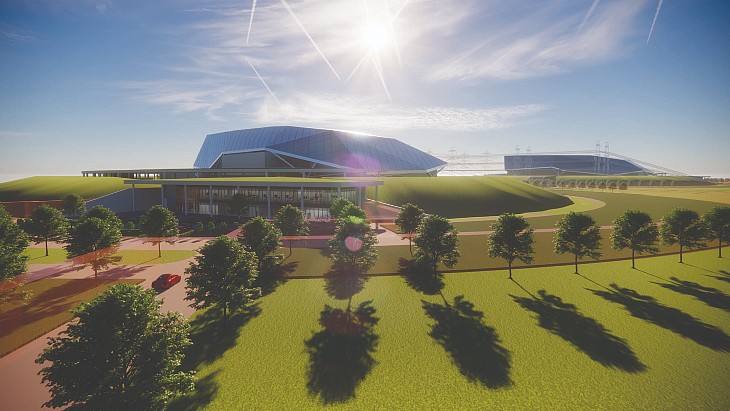Could Rolls-Royce SMRs Power the UK Hydrogen Network?

A joint feasibility study from Rolls-Royce SMR and global business and investment company, Sumitomo Corporation has shown that Rolls-Royce SMRs (Small Modular Reactors) could provide a significant advantage over other energy sources in producing low-carbon hydrogen.
The study, which has not been published yet, has analysed the use of both heat and power from the Rolls-Royce SMR to run electrolysers to produce low-carbon hydrogen.
It is said by the company that its “compact footprint and flexible modular design means it can be located alongside energy-intensive industrial processes, including hydrogen production.”
The Small Modular Reactor (SMR) business is one of the ways in which Rolls-Royce is helping to ensure the UK continues to develop innovative ways to tackle climate change.
The Rolls-Royce SMR has the potential to deliver large amounts of low-carbon
Harry Keeling, Rolls-Royce SMR’s Head of Industrial Markets, explained that the study will be key to helping decarbonise industry.
He said: “The potential for the Rolls-Royce SMR to be used for industrial purposes is one of its greatest strengths – being able to deliver large amounts of low-carbon, always-on power, but being flexible enough to be located close to where industry needs it.”
The production of low-cost hydrogen is a critical step on the pathway to decarbonising our wider society.
The Rolls-Royce small modular reactor, a 470 MWe design based on a small pressurised water reactor, has progressed to the second stage of the UK’s Generic Design Assessment, the only SMR to reach that stage so far.
Although a shortlist of potential sites has been identified for its SMRs, the UK government has launched a competitive process to select the best small modular reactor technologies to back.
It will see the second phase is a down-selected process, which is due to be launched in the summer of 2023. This has the ambition to assess and select the leading technologies by this autumn.
A single Rolls-Royce SMR power station will power approximately one million homes. It can support both on-grid electricity and off-grid clean energy solutions.
It will be key to enabling the decarbonisation of industrial processes and the production of clean fuels, such as SAF and green hydrogen.
Sumitomo Corporation will now use the report to support site suitability work and develop its understanding of the potential of utilising Rolls-Royce SMRs alongside clean hydrogen production facilities in the UK.
Currently, there are many different SMRs in development around the world, with their potential to produce heat and low-carbon hydrogen being essential to support heavy industries to decarbonise. Seeing studies like this one take place will be key to the emergence of a large market for them in the coming years.

